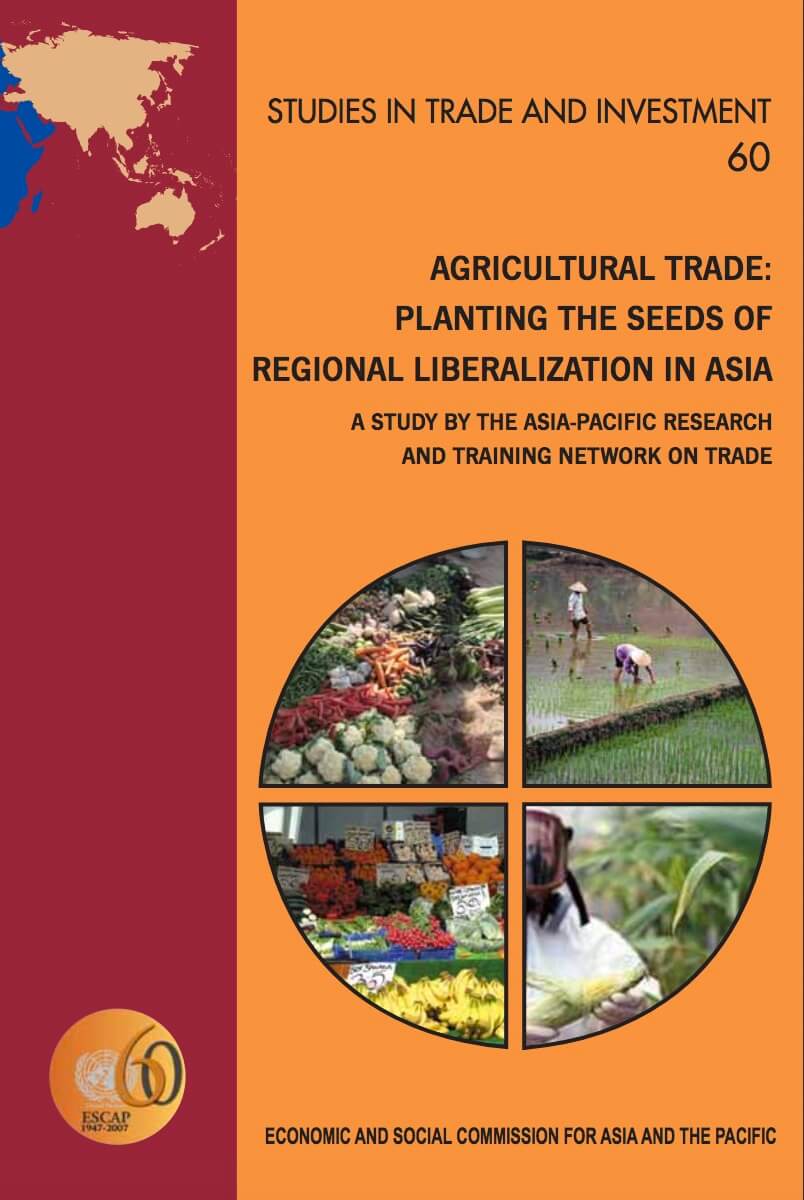Agricultural Trade: Planting the Seeds of Regional liberalization in Asia

The purpose of this chapter is twofold. First, the aim is to clarify the motivation for, and objective of the ARTNeT regional study on agriculture trade liberalization, and to lay out the plan of this publication. The second aim is to paint, with a rather broad brush, a picture of preferential trade in the region as a backdrop for a regionally more narrow analysis of preferential trade focused on agriculture goods.
As mentioned in the preface to this publication, ARTNeT research programmes have been discussed and endorsed by stakeholders comprising policy makers, researchers and representatives of civil society. In the first ARTNeT research programme, set up in October 2004 at the ARTNeT launch meeting for 2005, one of the two regional studies adopted was “Agricultural trade liberalization trends in Asia and the Pacific, and their implications for policy makers and negotiators”. The objective of the study was ambitious. It set out to: (a) map and analyse existing trade arrangements in the region with respect to their coverage of agricultural products; and (b) explore the extent and timing of agricultural trade liberalization through the mapping of tariff cuts and the elimination of non-tariff barriers. The study also aimed at: (a) identifying the presence of safeguards and other contingency protection measures, technical barriers, export incentives and domestic support measures that were dealt with in those agreements; and (b) comparing the preferential liberalization approaches to the one set by the Agreement on Agriculture in the Uruguay Round and the current multilateral Round. Most importantly, however, the study was intended to be a contribution to trade-related research capacity-building in the region aimed at ensuring better-informed regional policy-making.
Studies in Trade and Investment Series, No. 60 (ST/ESCAP/2451)
